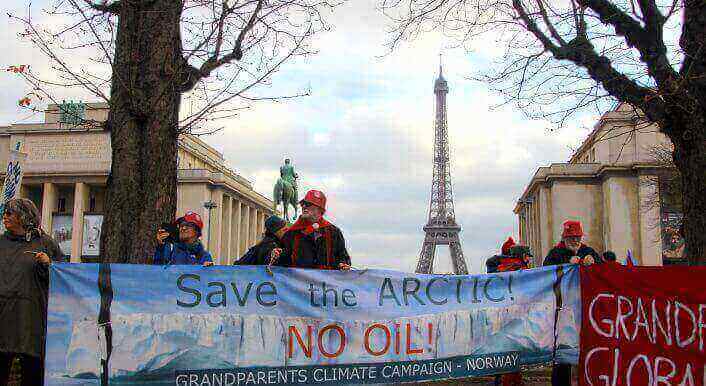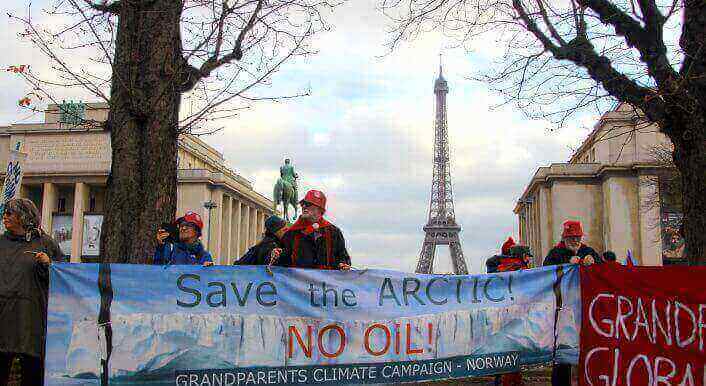Healthy soils might save the climate
Ute Scheub has carried out a global investigation into farmers who regenerate humus on their land, and found that fertile soils can reduce the CO2 content to safe levels. Scheub pleads for diversified and natural crops.

Ending the climate crisis is possible within a few decades. The solution is literally at our feet: nature can, with the miracle of photosynthesis, take carbon from atmospheric carbon dioxide back to where it originates — into the ground. New studies confirm: only one per cent more humus on global soils would be enough to reduced the CO2 content to largely safe levels.
There is too much carbon, the base of all life, in the air and too little in the ground — due to deforestation and agro-industrial practices that release it and let it oxidize to CO2. At least one quarter of soil globally is already damaged. Carbon is the main component of humus on which the life cycles of all plants, animals and humans depend. Without humus there is no food and no life. Finish, end, out.
Humus formation, however, takes carbon from the CO2 supersaturated atmosphere. The initiative www.4p1000.org, which was launched by the French agricultural minister at the climate summit in Paris, demonstrates with reference to the UN climate council IPCC and its figures that with only four per thousand of humus per year the global new emissions could be neutralised. Humus also makes the soil fertile and species-rich, protects it against droughts and floods, renews groundwater and drinking water, promotes healthy plants, animals, and people, regenerates the small water cycle and thus entire landscapes, drives back desertification and desolation, and creates millions of meaningful jobs. A win-win-win solution.
How? Through regenerative agriculture — an ecosystems approach that actively supports the regenerative powers of nature and improves soils, air, water, biodiversity, food sovereignty, health and justice. Its methods include plough-less soil tillage, permaculture, Terra Preta, holistic pasture management, agro-forestry systems, indigenous forest gardens, woodland pastures and more. We can build up humus if we no longer plow the soil but directly sow and always cover it with intermediate crops and green manures; if we compost organic waste with vegetable carbon to produce black earth (“terra preta”); if we keep livestock under trees or on rotating pastures (“holistic management of pasture”). Grassland makes up about 40 per cent of the global land surfaces and therefore has a very high potential to fix CO2. Also deserts and desolate landscapes can be regenerated as the Loess Plateau in China shows or the Demeter project Sekem in Egypt, which has literally created 4,000 jobs on sand.
Many other agricultural pioneers show how to do it, and the Global Alliance www.regenerationinternational.org makes them visible. Small is beautiful, small is fruitful! A purely biological feeding of the world is possible and necessary, because it helps in the healing of ecosystems. Even more: In a world full of violence which continues to create new waves of (environmental) refugees, regenerative agriculture is a key to peace because it creates a new perspective for many millions of people in rural areas.
For this, however, the global agro-industry intertwined with Monsanto & Co has to be pushed back. We need a coalition of small farmers, environmental, climate and food movements. According to Ronnie Cummins, co-founder of Regeneration International, it requires a “massive grassroots army of earth regenerators: three billion small farmers and villagers, ranchers, shepherds, forest dwellers, urban gardeners and indigenous communities — assisted by a few billion conscious consumers and urban activists.” Regeneration is possible — locally, regionally, nationally and globally.
Ute Scheub is a freelance journalist in Berlin. She co-founded the taz and its environmental editorial and published a total of 18 books.



